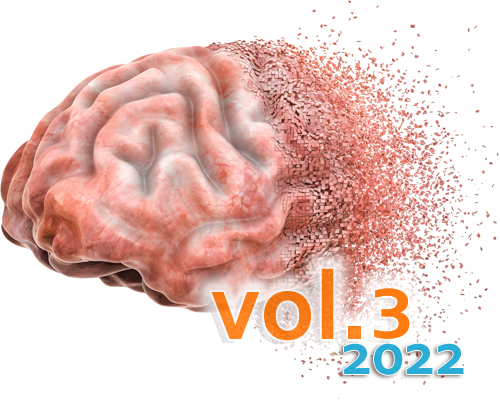Neuromuscular disease: 2022 update
DOI:
https://doi.org/10.17879/freeneuropathology-2022-3805Keywords:
COVID-19, Guillain-Barré syndrome, MLIP, VWA1, Optic neuropathy, Autophagy, Peripheral neuropathy, Systemic sclerosis, Microvessels, Idiopathic inflammatory myopathy, Gene expression profiling, Pompe diseaseAbstract
This review highlights ten important advances in the neuromuscular disease field that were reported in 2021. As with prior updates in this article series, the overarching topics include (i) advances in understanding of fundamental neuromuscular biology; (ii) new / emerging diseases; (iii) advances in understanding of disease etiology and pathogenesis; (iii) diagnostic advances; and (iv) therapeutic advances. Within this general framework, the individual disease entities that are discussed in more detail include neuromuscular complications of COVID-19 (another look at the topic first covered in the 2021 review), autosomal recessive myopathy caused by MLIP mutations, autosomal recessive neuromuscular disease caused by VWA1 mutations, Leber’s hereditary optic neuropathy, myopathies with autophagic defects, tRNA synthetase-associated Charcot-Marie-Tooth disease, systemic sclerosis-associated myopathy, humoral immune endoneurial microvasculopathy, and late-onset Pompe disease. In addition, the review highlights a few other advances (including new insights into mechanisms of muscle and nerve regeneration and the use of gene expression profiling to better characterize different subtypes of immune-mediated myopathies) that will be of significant interest for clinicians and researchers who specialize in neuromuscular disease.
Metrics
Published
How to Cite
Issue
Section
License
Copyright (c) 2022 Marta Margeta

This work is licensed under a Creative Commons Attribution 4.0 International License.
Papers are published open access under the Creative Commons BY 4.0 license. This license lets others distribute, remix, adapt, and build upon your work, even commercially, as long as they credit you for the original creation. Data included in the article are made available under the CC0 1.0 Public Domain Dedication waiver, unless otherwise stated, meaning that all copyrights are waived.


















